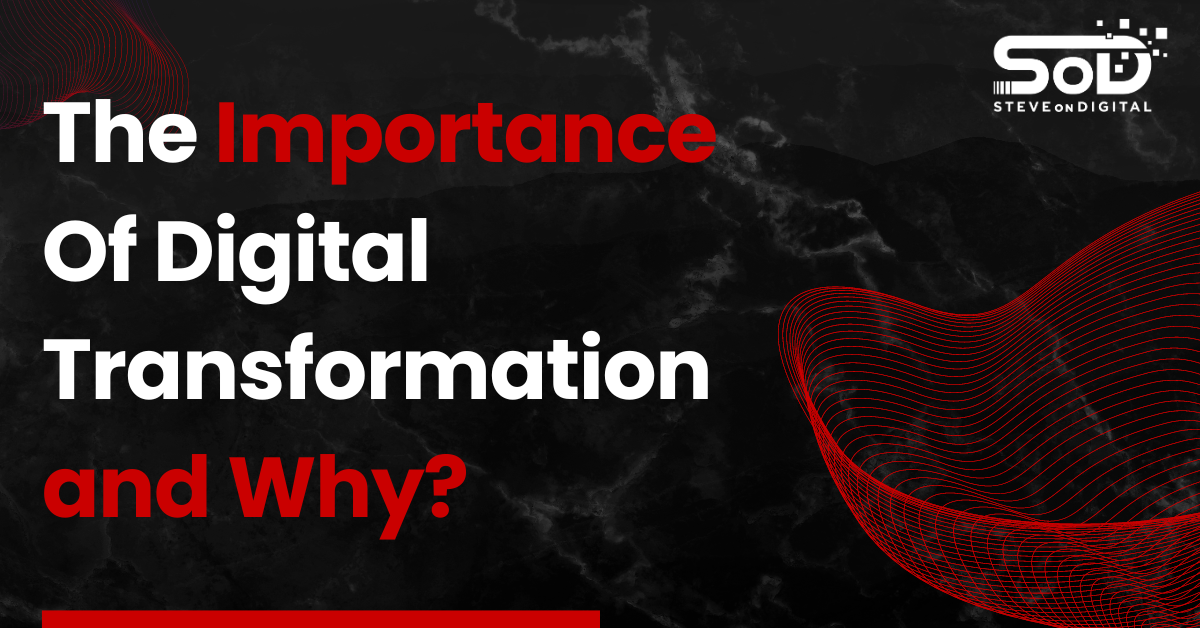A document management system. You know, a way to organize documents and data within your organization so that they are searchable and shareable. Do you know if such a system even exists in your business? Or maybe you think it is only applicable for large corporations? In fact, it is one of the first steps in the digital transformation journey, not only for multinationals but also for SMBs.
Why is it so important? Well, almost all small businesses hope to become bigger over time. Having a document management system allows your business to scale. Start implementing an organized system now and your business will be able to expand without as many growing pains. You’ll also be able to benefit from its many advantages early on. Let’s look at the main advantages before exploring it implementation.
Nine Benefits of a Document Management System:
- Increased efficiency as employees are able to find valuable information quickly
- Improved searchability and retrieval avoids duplicating documents that already exist
- Improved collaboration and communication as colleagues can work together on the same document or project
- Reduces risk of data loss or data breaches as the documents are shared directly with collaborators
- Improved customer service as employees seamlessly access files and deliver information to customers
- Reduced costs as data will be updated automatically without manual data entry
- Increased visibility of key documents leads decisionmakers to have a clear overview of the business
- Improved data accuracy and reliability as it is automatically collected and stored
- Improved customer experience (CX) as employees are able to efficiently access customer information in order to answer their questions
Convinced that you need a document management system? Good. Now, how to start.
As I’ve mentioned in the “People Process Technology” video, always start with People: all stakeholders impacted by sharing documents. Ask them what functionalities they use the most and which ones they would love to add as they share documents in the cloud. Once you’ve gathered their input, focus on Processes. Identify the most fundamental processes in need of streamlining so that you can start with a quick win. And last, analyze the Technology that employees and customers currently use. Is it used efficiently with the correct permissions based on the receiver’s status (collaborator, viewer, editor).
I will now break down each part of the structure, providing visual support.
First, each department needs its own site and library to store its own files. Then team members need to be able to safely share these files both internally and externally. There will be four parts to this structure: a team site for communication, internal and external libraries for collaboration and sharing, and lastly, intranet documents for training purposes.

Second, once this structure is implemented in all departments, connect relevant departments by creating a hub site.

In this way, disparate departments such as operations, accounting, and HR can have a centralized hub for sharing relevant information and collaborating.
Once this internal structure is in place, it is time to create an external structure. This structure allows employees to communicate with consultants, partners and clients, as well as any other stakeholder.

At this stage, you will want to manage internal training files such as tutorials and manuals making it possible for current and new employees to perfect their skills.

As mentioned, this structure is entirely scalable. It grows as your business grows and adds new departments, as can be seen here:

A document management system will keep your files organized, easily retrievable and available to relevant parties. Creating a structure such as this one in your business will allow your business to grow with ease, enjoying the aforementioned benefits.




